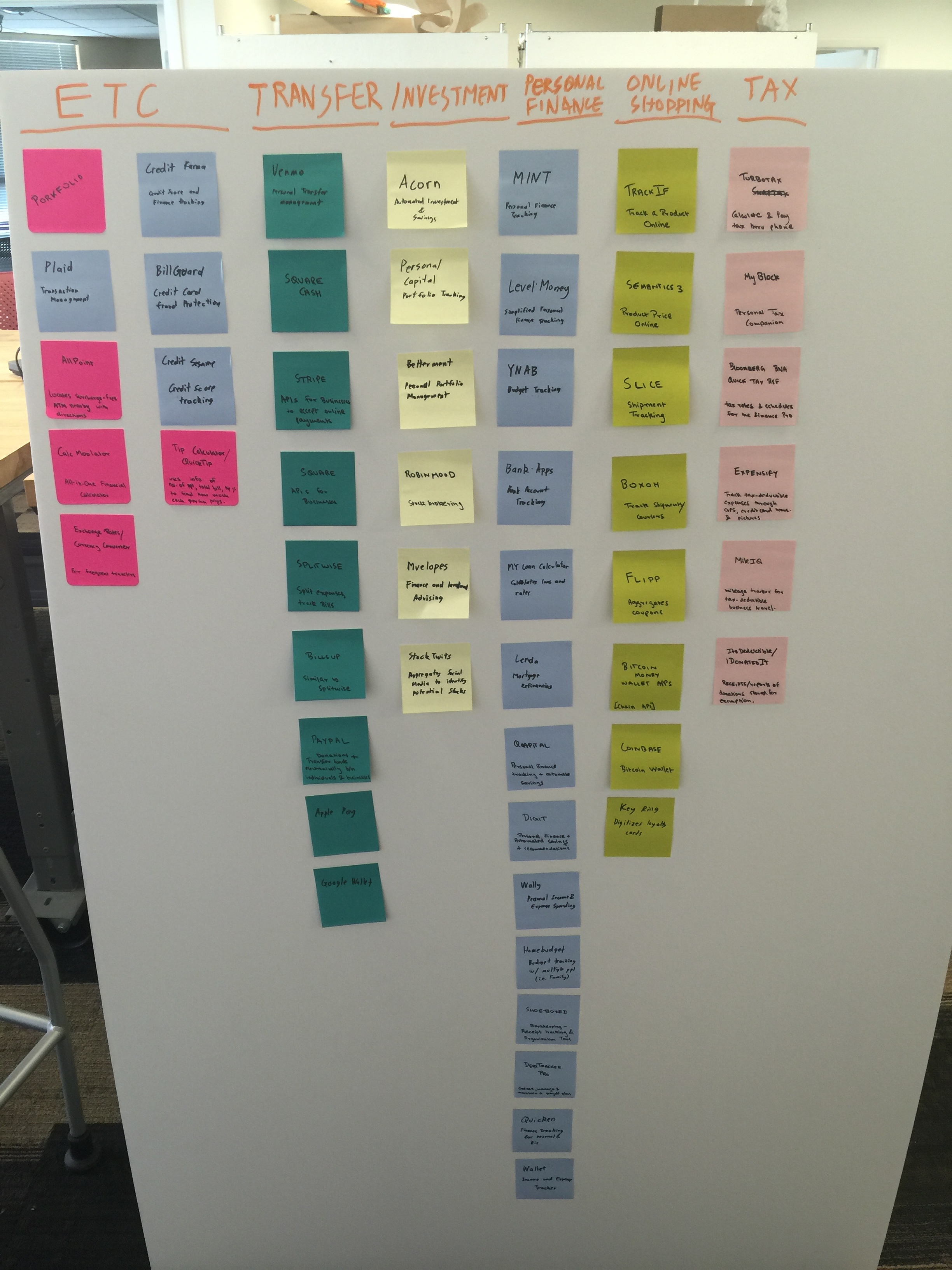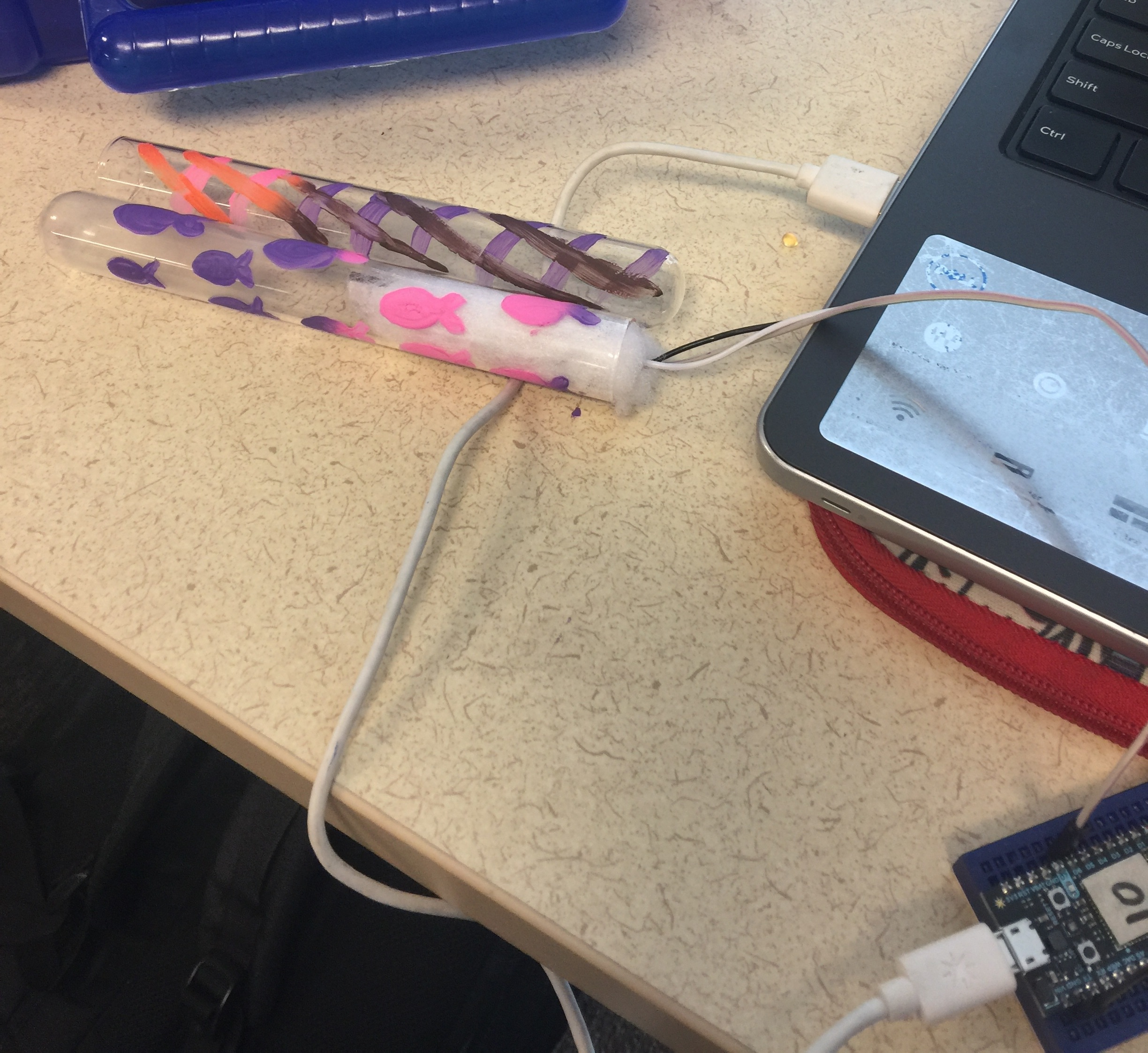Savanthi Murthy
USER EXPERIENCE RESEARCHER
Can connected devices change the way millennials perceive and spend money?
Float is the world’s first personal finance related ecosystem of connected devices to track and manage short and long term finances. This project is an ongoing research collaboration between Carnegie Mellon University and PNC Bank and aims to explore how the use of smart ambient products can give physical presence to digital money and transactions in ways that positively influence personal financial decisions among millennials. The devices that we coded and built are being beta tested in 5 households.
Team Project
My Role
Coding Lead
User Research, Usability Testing
Product Conceptualization
Interaction Design, Prototyping and Circuitry
This project was featured on these forums:
- Our appearance with Adam Savage on his Tested.com video
Who are the Users?
Our target users are earning Millennials who are independent and operate their own finances with spending accounts to their name.
They use online banking and primarily transact digitally or at least have credit/debit cards
They are tech-savvy individuals who are comfortable using smartphones
The Challenge
The Process
The Prototypes
Device 2: Long-Term Savings
Device 1: Budget Tracking
We looked at various form factors - like practical items vs curious objects, and also explored different types of interactions - like light based vs glanceable visual cues.
We prototyped devices which would allow saving for multiple goals (lightbox and led panel) and those that looked at singular overall savings (unfogging photoframes).
Device 3: Impulse Purchases
Here, we developed and tested prototypes that rewarded good behavior (image 1- candy dispensing device) and ones that show the status of amount spent on impulse purchases in the current budget period (stress ball, color changing test tubes and thermochromic octopus). We also looked into friendly competition as a method to limit impulse buys.
The Devices
Device 1 : Sola
Sola helps the user track their budget. It is a curious object and is kept at home. The color of the cloud indicates the current budget level and the balloons indicate where the user has spent their money.
The height of the balloons are controlled by servo motors that wind and unwind wire based on amount spent by users on certain types of items or vendors (like Starbucks or Uber) that they have identified and selected to control.
Device 2 : Flora
The user knows how close to their savings goal they are when they place a representative token (can be custom-made in the shape of a house, car etc.) in Flora. The flower petals open and light up based on how much the user has saved towards that goal. The mechanical interface adds an element of wonder.
The images below also show the basic functional online interface for Flora and the resistance values for the tokens.
Device 3: Aqua
We finalized the concept for the third device before handing it over to the next batch of student researchers for development, but could not create a polished prototype due to time constraints.
The images show an attachment for a mobile phone case which shows current spending as a colored background for the wave cutout in the front sheet. The level of colored waves indicates how much the user has spent versus how much they’ve saved, or as a competition with their own spending on a randomly chosen previous day.
Video - Overview of devices
This video shows our initial concepts for the devices.




















































